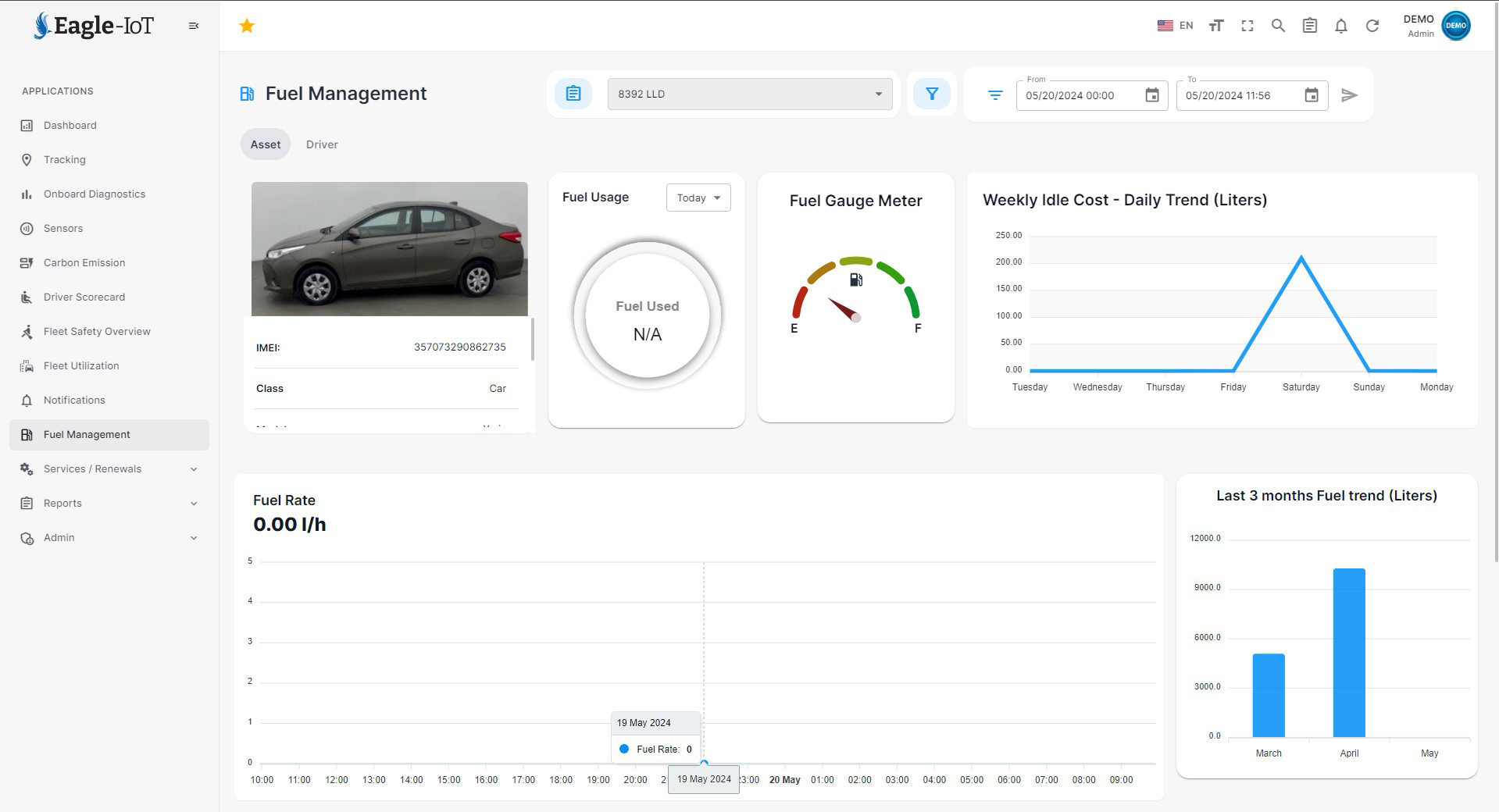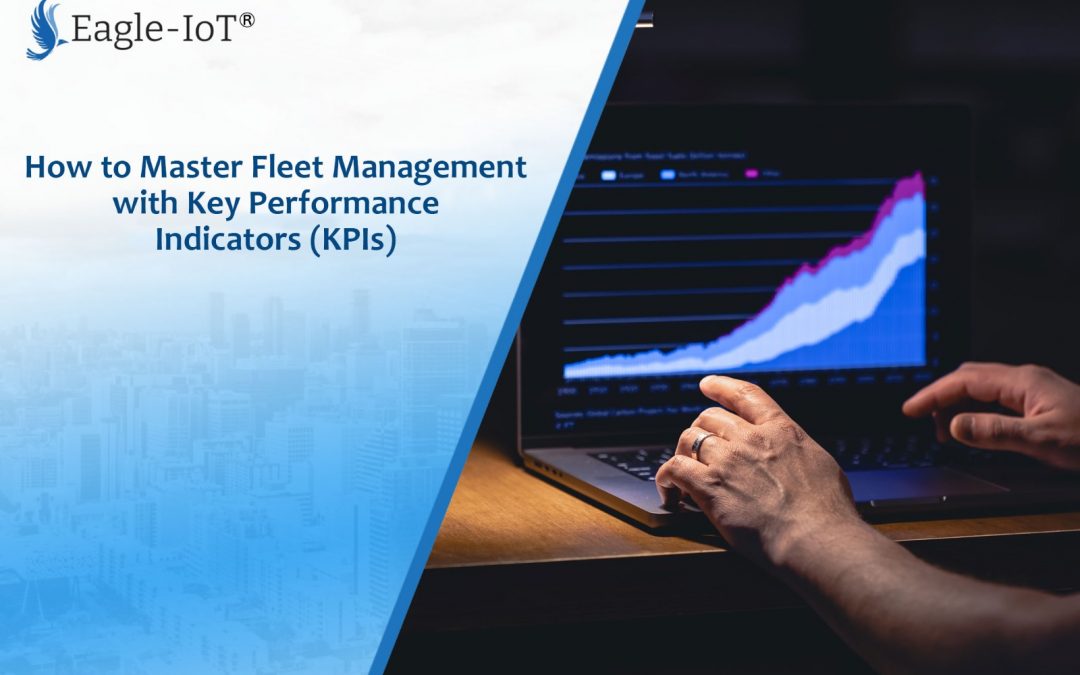How to Master Fleet Management with Key Performance Indicators (KPIs)
They may not wear capes, but fleet managers are the unsung heroes of their organizations. Juggling driver safety, optimizing operations, and keeping costs in check – it’s a demanding role. But here’s the secret weapon that helps them succeed: Key Performance Indicators (KPIs). These metrics aren’t just a way to gauge effectiveness; they’re the pulse of the fleet, providing critical insights that propel success and keep them ahead of the ever-changing industry.
Why KPIs Matter:
Without a clear direction, managing a fleet can feel like navigating a maze blindfolded. Fortunately, KPIs act as your guiding light. These powerful metrics illuminate the path to success by offering invaluable insights into safety, operational efficiency, and cost-effectiveness. Think of them as the secret weapon for fleet management, empowering you to break down complex challenges and develop practical solutions grounded in real-world data. KPIs provide a clear roadmap for improvement, informing your decisions and driving efficiency across your entire fleet.

The Six Pillars of Fleet Management:
While there are numerous KPIs to consider, let’s delve into six core strategies that serve as the pillars of successful fleet management:

Fleet Safety and Driver Behavior
Accidents not only have devastating human consequences but also inflict significant financial burdens. By closely monitoring accident rates, associated costs, and individual driver safety scores, fleet managers can foster a culture of safety within the organization. Implementing driver training programs, rewarding safe driving habits, and leveraging technology solutions for real-time monitoring are all crucial steps in this direction.
Compliance:
Every fleet operates within a web of regulations, encompassing company policies, industry standards, and government mandates. Ensuring adherence is critical to avoid penalties, maintain safety, and foster trust with clients and stakeholders. KPIs related to vehicle inspections, driver certifications, and license renewals help maintain compliance and mitigate risks.


Fuel Management:
Fuel represents a major expense for most fleets. Optimizing fuel efficiency translates directly to cost savings and environmental responsibility. Tracking fuel consumption, identifying fuel-guzzling vehicles, and addressing behaviors that contribute to excessive fuel use – such as harsh acceleration or idling – are essential aspects of effective fuel management. Telematics solutions such as Eagle-IoT Fuel Monitoring Solution and route optimization can provide valuable insights and empower informed decision-making.
Maintenance:
A well-maintained fleet is a reliable fleet. By proactively addressing maintenance needs, managers can minimize vehicle downtime, prevent costly breakdowns, and extend the lifespan of their vehicles. KPIs related to preventive maintenance (PM) compliance, service intervals, and repair costs help ensure a healthy fleet and minimize disruptions.

Fleet Cost:
Profitability is a key performance indicator for any business, and fleet management is no exception. Tracking overall fleet expenses, including fuel, maintenance, insurance, and vehicle depreciation, provides a clear picture of financial health. Benchmarking these costs against industry standards allows for continuous improvement. Tying costs back to operational KPIs like fuel efficiency and driver behavior empowers managers to identify areas for cost reduction and optimize resource allocation.

Vehicle Life Cycle:
Vehicles are not permanent investments. Understanding the total cost of ownership (TCO) is crucial for making informed decisions about vehicle replacement cycles. KPIs related to depreciation, maintenance trends, and overall vehicle performance enable strategic planning for vehicle replacements. By optimizing replacement cycles, fleets can ensure they have the right vehicles at the right time while minimizing overall costs.
Segmenting for Success:
Treating all vehicles the same is a recipe for inefficiency. A diverse fleet with cars, vans, and trucks requires a nuanced approach. Segmenting the fleet allows for targeted management strategies. By creating categories based on vehicle type, usage patterns, and primary function, managers can tailor strategies to optimize efficiency and reduce costs. For instance, fuel efficiency might be a top priority for delivery vehicles, while cargo capacity might be paramount for transport trucks.

The Power of a Unified Platform:
Imagine having to juggle data from multiple spreadsheets and software programs. A unified fleet management platform such as Eagle-IoT streamlines operations and empowers data-driven decision-making. By consolidating data from various sources, including telematics, fuel cards, and maintenance records, into one central platform, managers gain real-time insights and simplify performance tracking. This streamlined approach fosters visibility, facilitates informed decision-making, and empowers proactive management.
Optimizing Your Fleet:
Data, when harnessed effectively, becomes the key to unlocking fleet optimization. By analyzing KPIs and implementing targeted strategies based on those insights, fleets can achieve significant improvements. For instance, identifying routes with excessive idling times can lead to route optimization initiatives. Similarly, driver behavior data can inform training programs to address specific areas for improvement.

The Power of Community:
The fleet management landscape is constantly evolving, with new technologies, regulations, and best practices emerging all the time. Engaging with the broader fleet management community fosters collaboration and knowledge-sharing. Industry associations, online forums, and networking events provide invaluable platforms for fleet managers to:
- Stay informed: Learn about the latest trends, technologies, and industry challenges through conferences, webinars, and online resources.
- Benchmark performance: Compare your fleet’s KPIs against industry standards to identify areas for improvement.
- Share best practices: Exchange ideas and learn from the experiences of other fleet managers who have successfully tackled similar challenges.
- Connect with vendors: Explore the latest fleet management solutions and connect with technology providers who can help you optimize your operations.
By actively participating in the fleet management community, you can stay ahead of the curve, gain valuable insights, and ultimately achieve greater success in your role.
Mastering fleet management requires a strategic approach, a commitment to continuous improvement, and the utilization of powerful tools like KPIs. By focusing on safety, compliance, efficiency, and cost-effectiveness, fleets can navigate the ever-changing landscape and achieve their organizational goals. Remember, you’re not alone in this journey. Embrace the power of data, leverage technology, and actively engage with the fleet management community. With the right strategies and a collaborative spirit, you can propel your fleet towards a future of success.


